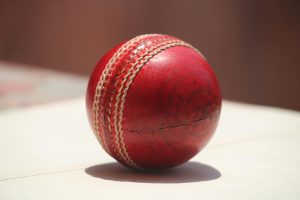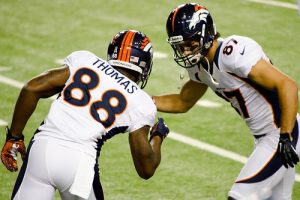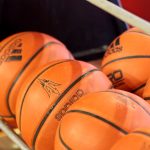Last Wednesday, Forbes released its annual “Baseball’s Highest-Paid Players” list, with Clayton Kershaw ($31.2 million), Jon Lester ($30.4 million) and Justin Verlander ($28.5 million) grabbing the top three spots.
The top-10 MLB earners all had salaries that would command respect in any professional sports league around the world. But what was noticeably absent from their earnings was big money from endorsement deals.
Robinson Cano, No. 4 on the list, pulled in the highest endorsements with $3.5 million in deals with brands. His salary from the Seattle Mariners is $24 million this year.
Below, I’ve re-ranked Forbes’ list based on endorsements dollars to give our readers some context.
• Robinson Cano: $3.5 million
• Albert Pujols: $2.5 million
• Clayton Kershaw: $1.2 million
• CC Sabathia: $1.1 million
• Justin Verlander: $500,000
• Ryan Howard: $500,000
• Jon Lester: $400,000
• Prince Fielder: $300,000
• Cliff Lee: $200,000
• Felix Hernandez: $200,000
Many of those big leaguers, including Lee, Sabathia and Howard, are injured, struggling to return from an injury or far past their prime playing years.
All of this seems counterintuitive to the untrained eye; if MLB players are among the sports world’s highest paid athletes, why are they getting so few endorsements?
The answer to that question is a complicated one that involves globalization, the localization of baseball, TV ratings and much more.
The best point of reference to understand this trend is another Forbes list, The World’s 100 Highest-Paid Athletes 2014. Of the world’s best paid athletes, Lee was only the MLB player to crack the top 30 in 2014.
I don’t know about you, but if I hadn’t been researching this article, I wouldn’t even be able to pick Lee out from a police lineup. And that is baseball’s biggest problem. Not only does it not have much global reach, its national reach is in decline.
Derek Jeter was the last big leaguer to hit it big in the endorsement market. According to Forbes, he’s made $300 million from deals over his playing career, and some say that his endorsement value won’t decrease drastically during retirement.
But Jeter’s $9 million in endorsements a year pales in comparison to other stars around the world. LeBron James made $53 million from brands in 2014. Tiger Woods, even in his sharp decline, pulled in $55 million.
In 2013 James made more from endorsements ($42 million) than MLB’s top 10 combined. Kobe Bryant, whose game took a turn for the worst in ’13, also made more with $34 million in deals.
James, Bryant and Woods all play in sports that have significant global audiences, and their huge endorsements reflect that fact.
MLB, to its credit, has been trying to close that gap with new digital products like MLB.tv and its popular app, but the overarching trends for baseball — even in the U.S. — don’t look promising. I’ll explore that in my next story.
Meanwhile, if you are looking for story ideas, check the Forbes list for players in your market, and also those who might have played at universities near you.










